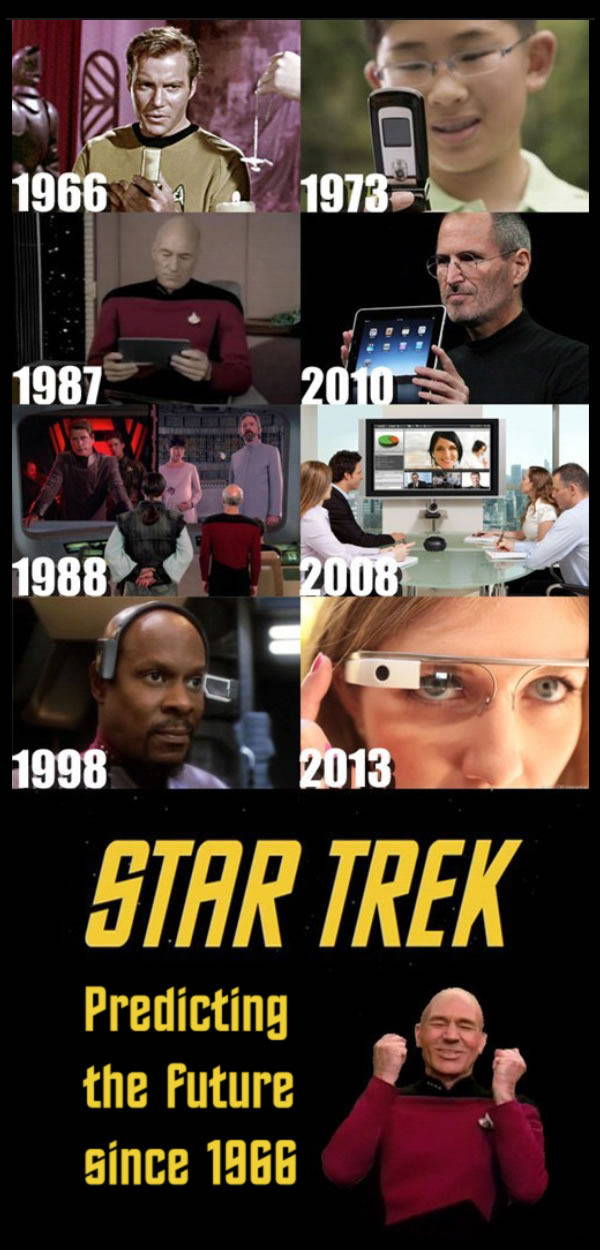There were a few issues to consider with communicators from TOS and TNG alike.
TOS: The TOS flip-top communicator was a field-equipment item, made to be easily disassembled, repaired or adapted (used as a customized sonic weapon in "Friday's Child") and reassembled while in the field ("Patterns of Force"). TOS made heavy use of both voice communications and non-voice telemetry ("The Immunity Syndrome") during expeditions. TOS did not mess around with visual communications off-ship very much, unless they were ship-to-ship or ship-to-base.
TNG: re-affirmed that personal walkie-talkie-type communications are most often voice-based, especially ship-to-Away Team. In "Heart of Glory", it was established that visual communications were possible, but usually not relied upon because hostile environments made visual ship-to-Away Team videoconferencing problematic. Given that visual communications tend to require far greater bandwidth than voice alone, this made sense.
Both TOS and TNG: "Mudd's Women" and "Silicon Avatar" made it clear that each era's talkies were actually subspace transmitters with out-of-system capability.
Today's cellular phones, including fancy smartphones, require the presence of functioning cellular towers to connect to the cellular network. The communicators of TOS and TNG were stand-alone in that they did not require a private company's network of cell-towers to connect; there devices were obviously computerized, but could network person-to-ship or person-to-person ("The Doomsday Machine", "That Which Survives", "Arsenal of Freedom"). This alone makes them far more sophisticated than any cellular, HT, or radio/telemetry system in existence today. If any starship named Enterprise were to beam you up, and drop you off on another far-away planet, today's cellphones would be worthless there. No towers.
Has anyone ever listed all the different uses of communicators in the STAR TREK Universe?




